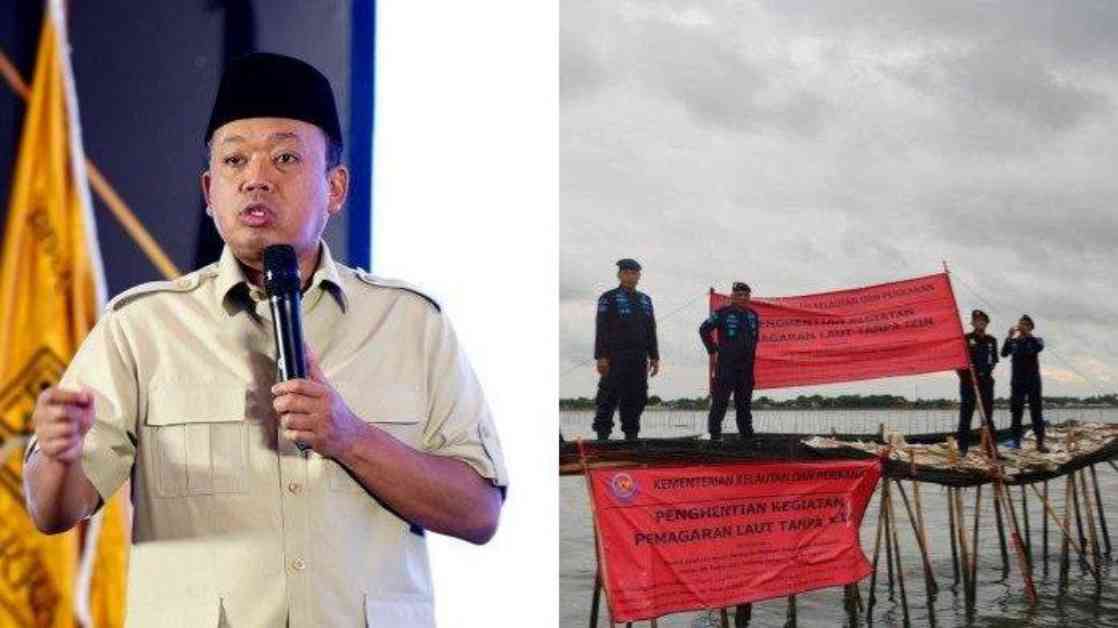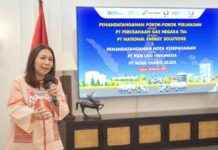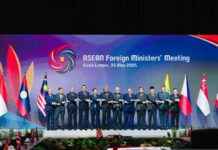Minister Nusron Wahid Refuses to Intervene in Tangerang’s Sea Fence, Emphasizes Sea Regime
Indonesian Minister of Agrarian and Spatial Planning/Head of the National Land Agency (ATR/BPN), Nusron Wahid, has spoken out about the controversy surrounding a 30.16-kilometer sea fence in the waters of Tangerang, Banten.
**No Interventions in the Sea**
Nusron Wahid revealed his reluctance to intervene in the matter, citing the jurisdiction of the sea when it comes to structures located in its waters. He emphasized that when it comes to land, the situation differs, depending on whether it falls within a forest area or not.
“If it’s a forest area, that falls under the authority of the forestry department. If it’s not a forest area, then it falls under our jurisdiction,” Nusron stated on Wednesday (15/1/2025).
Furthermore, he clarified that the Ministry of ATR/BPN has not received any reports regarding the sea fence issue in Tangerang. Despite this, he stressed that the government can only take action on sea fences if there is a legal basis for doing so.
**Legal Standing for Government Action**
“As of now, we haven’t received any official reports. The government can only act based on legal standing. So, as long as there is no clear legal basis, we cannot do anything,” Nusron emphasized.
Prior to this statement, the Indonesian National Police (Polri) through the Chief of the National Police’s Security Maintenance Bureau (Baharkam), Inspector General Mohammad Yassin, stated that no criminal acts have been found in relation to the sea fence.
**Cooperation for Law Enforcement**
Yassin also mentioned that they have not received any reports regarding the sea fence. However, he assured that they would assist the Ministry of Maritime Affairs and Fisheries (KKP) if requested to dismantle the sea fence.
“It is true that the KKP has sealed off the area. If the KKP decides to dismantle the sea fence and requests backup from the Water Police, we are ready to assist,” he revealed.
Yassin committed to enforcing the law if the sea fence issue eventually poses a threat to public security and order (kamtibmas).
In a world where land and sea boundaries are not always clear-cut, the jurisdictional complexities highlighted by Minister Nusron Wahid shed light on the challenges faced in regulating structures in maritime territories. As the debate over the Tangerang sea fence continues, the importance of legal clarity and cooperation between government agencies becomes increasingly evident. The delicate balance between environmental protection, land use regulations, and law enforcement underscores the need for a comprehensive approach to address such issues effectively.
In the midst of bureaucratic processes and legal frameworks, it is crucial not to lose sight of the impact these decisions have on the communities directly affected by these structures. The livelihoods of fishermen, the ecological balance of marine ecosystems, and the overall well-being of local residents are all intertwined with the outcome of this debate. Balancing the demands of development, conservation, and legal compliance requires a nuanced understanding of the interconnectedness of land and sea governance.
As discussions unfold and decisions are made regarding the future of the Tangerang sea fence, let us remember the human stories behind the headlines and strive for solutions that prioritize the long-term sustainability and welfare of all stakeholders involved.






















